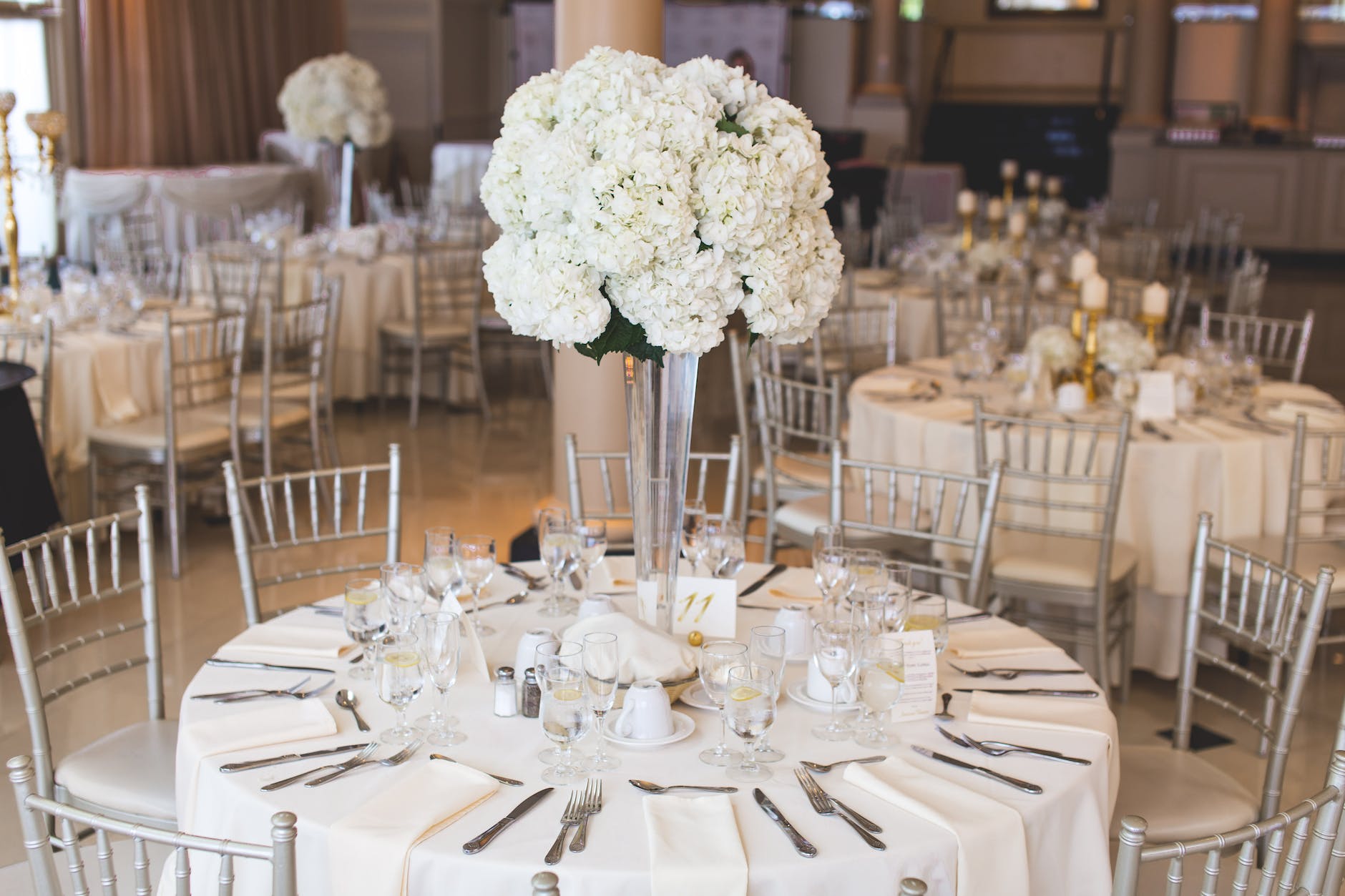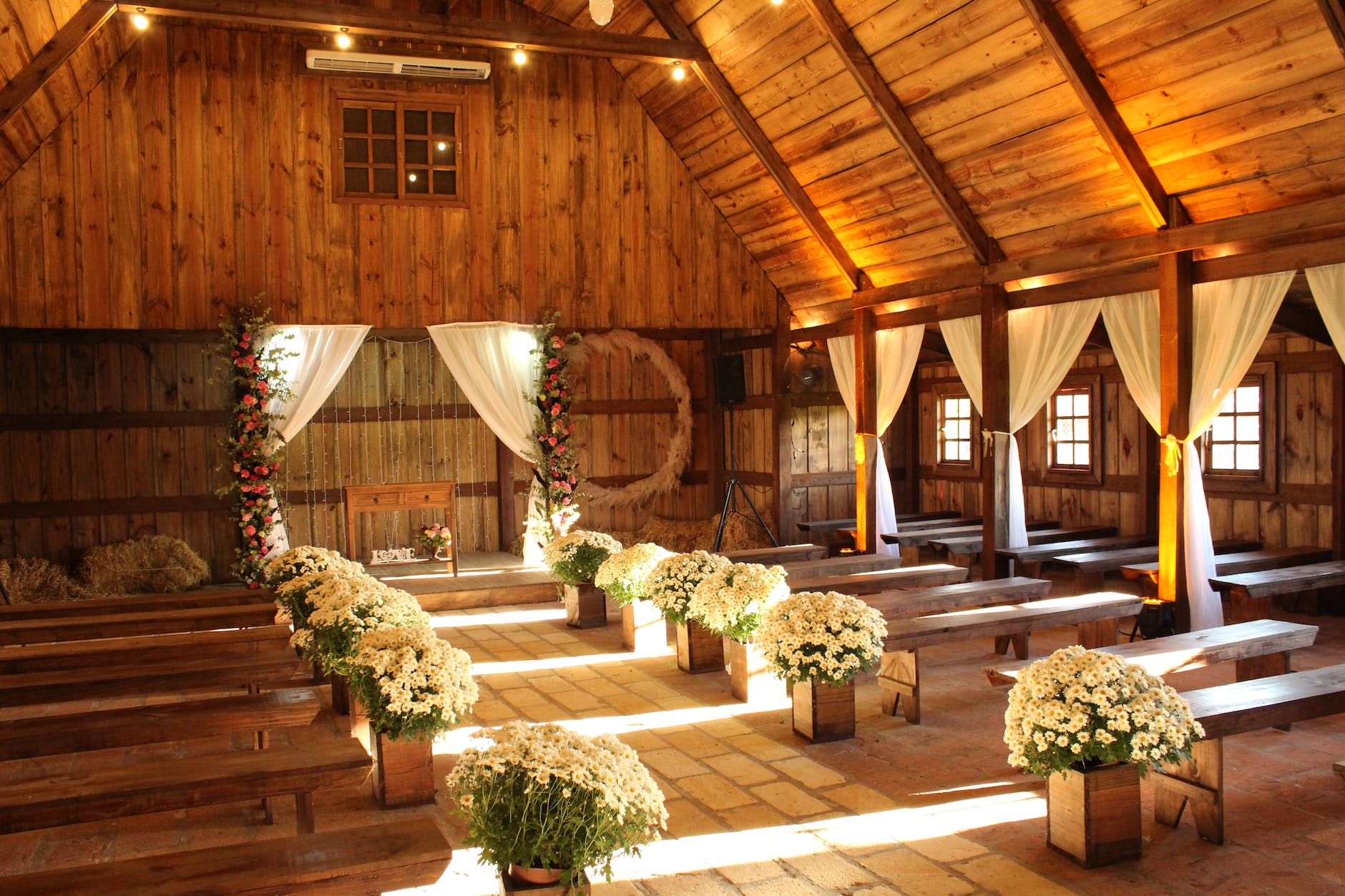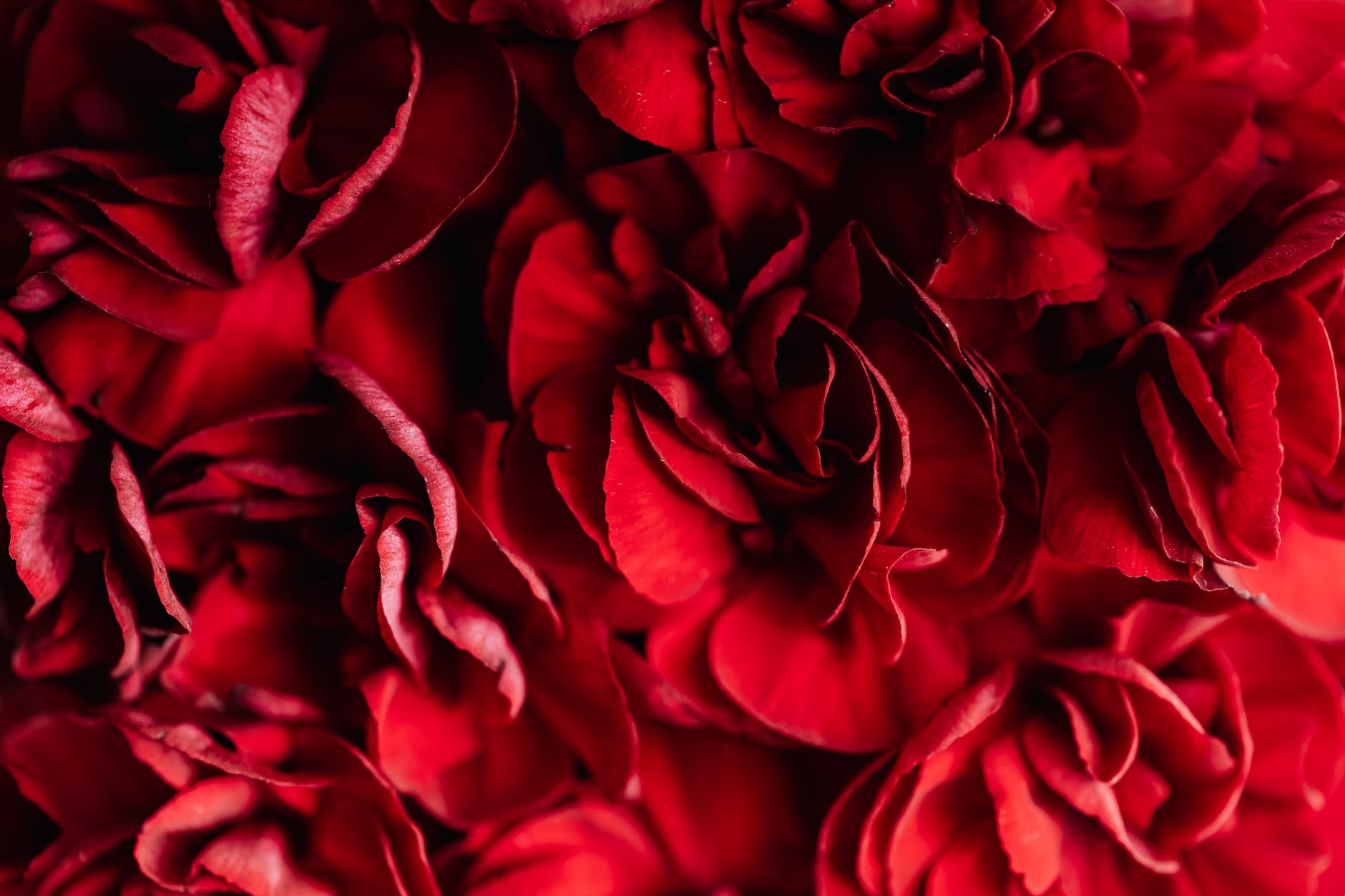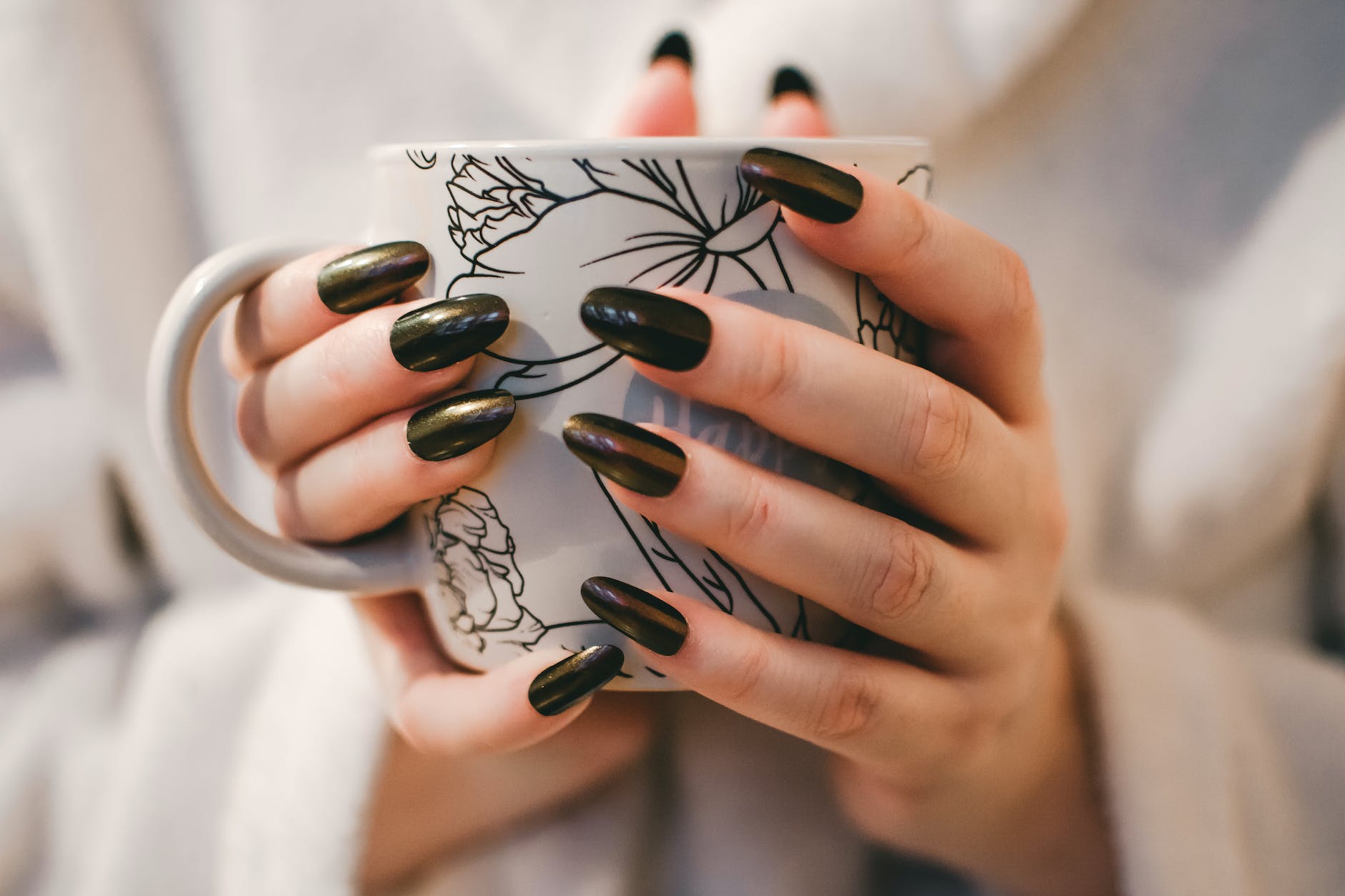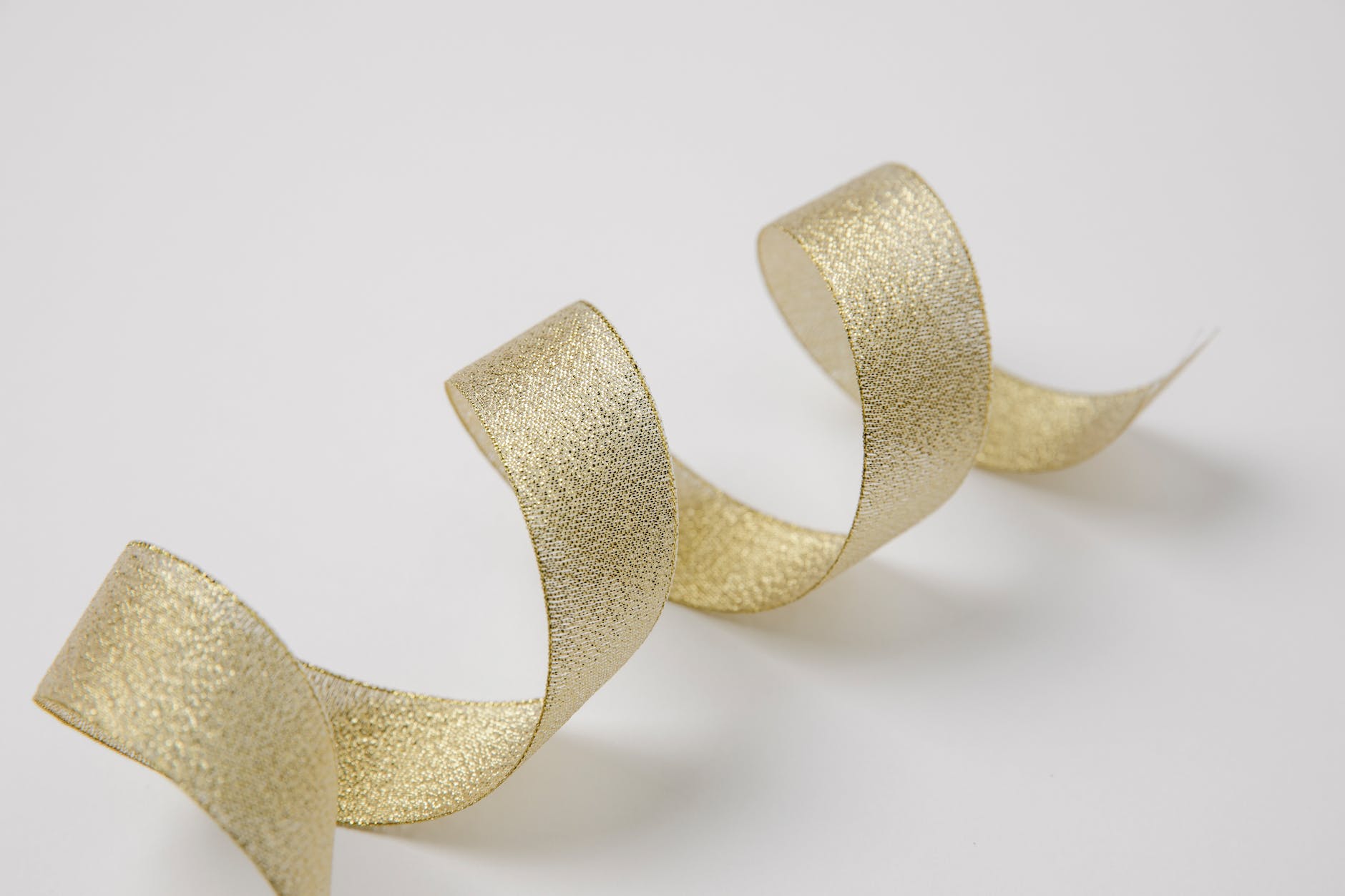A decoration knife is a versatile tool that is widely used for various artistic and crafting purposes. It serves as a valuable instrument in the world of creativity, enabling individuals to unleash their imagination and bring their artistic visions to life. This article delves into the diverse uses and techniques of decoration knives, shedding light on their significance in paper cutting, carving, and the creation of intricate designs on various materials.When it comes to artistic endeavors, a decoration knife proves to be an indispensable companion. Its sharp and precise blade allows artists and crafters to cut through materials with ease, whether it be paper, cardboard, or even delicate fabrics. This tool opens up a world of possibilities, enabling individuals to create stunning and intricate designs that captivate the eye.One of the primary uses of a decoration knife is in paper cutting. With its razor-sharp blade, it effortlessly glides through paper, allowing artists to craft intricate shapes and patterns. From delicate snowflakes to intricate lace-like designs, the decoration knife empowers individuals to explore the realm of paper artistry.In addition to paper cutting, a decoration knife is also widely used in carving. Whether it be wood, foam, or other carving materials, this tool enables artists to carve intricate details and bring their sculptures to life. The precision and control offered by the decoration knife ensure that every stroke is deliberate and precise, resulting in stunning and visually striking creations.Moreover, the decoration knife finds its place in the creation of intricate designs on various materials. From leatherwork to fabric appliqué, this tool allows artists to add intricate and eye-catching details to their projects. By carefully manipulating the blade, artists can create beautiful and unique designs that add depth and character to their creations.In conclusion, a decoration knife is a versatile and essential tool for artists and crafters. Its ability to cut through various materials with precision and ease makes it a valuable asset in the world of creativity. Whether it be paper cutting, carving, or the creation of intricate designs, the decoration knife empowers individuals to express their artistic visions and create stunning works of art.
Types of Decoration Knives
A decoration knife is a versatile tool used for various artistic and crafting purposes. It is commonly used in paper cutting, carving, and creating intricate designs on various materials. In this section, we will discuss the different types of decoration knives and their specific purposes.- Precision Knives: Precision knives are designed for fine and detailed cutting. They typically have a thin and sharp blade that allows for precise cuts. These knives are perfect for creating intricate designs and delicate patterns.
- Swivel Knives: Swivel knives have a rotating blade that allows for curved cuts and smooth maneuverability. They are often used for leather carving and creating decorative designs on leather materials. The swivel feature enables artists to achieve fluid and precise cuts.
- Stencil Knives: Stencil knives are specifically designed for cutting through stencils. They have a sharp and pointed blade that easily pierces through the stencil material, resulting in clean and accurate cuts. These knives are ideal for creating repetitive and consistent designs.
Techniques for Using Decoration Knives
Using a decoration knife requires skill and precision. This section delves into various techniques for using decoration knives, such as freehand cutting, stencil cutting, and relief carving. It provides tips and guidelines for achieving intricate and detailed designs.When it comes to using a decoration knife, skill and precision are key. Whether you're a beginner or a seasoned artist, mastering the techniques can help you create intricate and detailed designs that are sure to impress. Let's explore some of the techniques that can be used with decoration knives:- Freehand Cutting: This technique involves cutting designs without the use of stencils or templates. It allows for more creative freedom and the ability to create unique and personalized designs. With freehand cutting, you can let your imagination run wild and create one-of-a-kind masterpieces.
- Stencil Cutting: Stencil cutting is a technique that involves using pre-designed stencils to create precise and consistent designs. This technique is perfect for those who prefer a more controlled approach to their artwork. By using stencils, you can achieve clean and accurate cuts, making it easier to replicate designs.
- Relief Carving: Relief carving is a technique that involves carving designs into a material, creating a three-dimensional effect. Decoration knives can be used to carefully carve away layers of material, resulting in intricate and detailed designs that stand out. This technique requires patience and attention to detail, but the end result is truly stunning.
- Choose the right knife: Different decoration knives have different blade shapes and sizes, each suited for specific techniques. Experiment with different knives to find the one that feels most comfortable and allows for precise cuts.
- Practice precision: Precision is key when using decoration knives. Take your time and make deliberate, controlled cuts to ensure the desired outcome. Practice on scrap materials before working on your final piece.
- Maintain sharpness: Keep your decoration knife sharp by regularly sharpening or replacing the blade. A dull blade can lead to messy cuts and frustration. Take proper care of your knife to ensure optimal performance.
- Work in a well-lit area: Adequate lighting is essential for detailed work. Make sure you have enough light to see the fine details of your design and avoid any accidents.
- Protect yourself: Safety should always be a priority. Use protective gloves and keep your fingers away from the blade while cutting. Always work on a stable surface to avoid any slips or injuries.
Freehand Cutting
Freehand cutting is a technique that allows artists and crafters to create designs without relying on stencils or templates. It offers a sense of freedom and creativity, as every cut is made by hand, resulting in unique and personalized designs.To successfully execute freehand cutting, certain tools and techniques are essential. Firstly, a sharp and precise decoration knife is crucial. The blade should be fine and pointed, allowing for intricate cuts and clean lines. It is important to choose a blade that suits the specific material being cut, as different materials may require different types of blades.When it comes to techniques, steady hands and a firm grip on the knife are essential. The artist must have a clear vision of the design and execute each cut with precision. It is advisable to start with simple designs and gradually progress to more complex patterns as skills improve.Practicing on scrap materials before working on the final piece is recommended, as it allows the artist to familiarize themselves with the knife's handling and the cutting technique. This way, mistakes can be made and learned from without damaging the intended project.One useful technique for freehand cutting is to rotate the material instead of the knife. By turning the material, artists can maintain a consistent angle and achieve smoother cuts. This technique is particularly effective when working on curved or intricate designs.Ultimately, freehand cutting is a skill that requires practice and patience. With time and dedication, artists can develop their own unique style and create stunning designs that showcase their creativity and craftsmanship.Choosing the Right Blade
Selecting the appropriate blade for freehand cutting is crucial for achieving desired results. Different blade types have varying characteristics that make them suitable for specific cutting techniques. Here are some blade types commonly used with decoration knives:- Standard Blades: These blades are versatile and suitable for general cutting tasks. They are ideal for straight cuts and basic designs.
- Scoring Blades: Scoring blades have a fine, pointed tip that allows for precise scoring and folding of materials such as paper and cardboard. They are commonly used in paper crafting and creating intricate paper designs.
- Curved Blades: Curved blades have a curved cutting edge, making them perfect for creating smooth, flowing lines and curves. They are often used in decorative paper cutting and creating organic shapes.
- Chisel Blades: Chisel blades have a flat cutting edge and are excellent for making straight, clean cuts. They are commonly used in wood carving and relief carving.
Creating Intricate Designs
Creating intricate designs with a decoration knife requires practice and attention to detail. It is a process that allows for the expression of creativity and the development of unique and personalized artwork. By following step-by-step instructions and utilizing various techniques, one can achieve complex patterns and motifs using a decoration knife.To begin, it is important to have a clear idea of the design you wish to create. Planning and sketching the design beforehand will help ensure accuracy and precision throughout the cutting process. Once you have a clear vision, gather the necessary materials, including a decoration knife with a sharp blade, a cutting mat or surface, and any additional tools or stencils you may need.Next, carefully position the material you will be cutting on the cutting mat or surface. It is essential to have a stable and secure base to work on, as this will facilitate smooth and controlled movements of the decoration knife. Begin by making light, shallow cuts along the outline of your design, gradually increasing the depth as you become more comfortable and confident in your cutting skills.As you progress, remember to maintain focus and pay attention to the details. Take your time and work slowly, ensuring that each cut is deliberate and precise. If necessary, make use of different blades or tips to achieve varying levels of intricacy and texture in your design.Throughout the process, it is important to periodically step back and assess your work. This will allow you to identify any areas that may require further refinement or adjustment. Additionally, don't be afraid to experiment and try new techniques. The beauty of using a decoration knife lies in its versatility and the endless possibilities it offers.In conclusion, creating intricate designs with a decoration knife requires patience, practice, and a keen eye for detail. By following step-by-step instructions and utilizing various techniques, one can achieve stunning patterns and motifs that showcase their artistic talent. So, grab your decoration knife and embark on a journey of creativity and craftsmanship!Stencil Cutting
Stencil cutting is a technique that involves using pre-designed stencils to create precise and consistent designs. It is a popular method for achieving clean and accurate cuts in various artistic and crafting projects. Stencils are templates that provide a guide for cutting specific shapes or patterns. They can be made from various materials such as plastic, cardboard, or metal. The selection of the right stencil is crucial for achieving the desired design.Before starting the stencil cutting process, it is important to prepare the stencil properly. This involves ensuring that the stencil is clean and free from any dirt or debris that could affect the cutting process. Additionally, securing the stencil firmly in place is essential to prevent it from moving during the cutting process.To achieve clean and accurate cuts with a decoration knife, it is important to use the right technique. One common technique is to hold the decoration knife perpendicular to the stencil and apply gentle pressure while cutting along the edges of the stencil. It is important to maintain a steady hand and follow the lines of the stencil carefully to ensure precise cuts.When cutting intricate designs, it can be helpful to start from the inside and work your way out. This allows for better control and prevents the stencil from shifting. It is also important to use a sharp blade to ensure clean cuts and avoid tearing the material. Regularly replacing the blade or sharpening it when needed is essential for achieving optimal results.In conclusion, stencil cutting is a versatile technique that allows for the creation of precise and consistent designs. By selecting and preparing the right stencil and using the appropriate cutting techniques, artists and crafters can achieve clean and accurate cuts in their projects.Maintenance and Safety Tips
Proper maintenance and safety precautions are essential when using decoration knives. It is important to ensure that the blades are sharp and in good condition to achieve clean and precise cuts. This section provides important tips for maintaining the sharpness of the blades, storing the knives safely, and ensuring personal safety while using the knives.Maintaining Blade Sharpness:1. Regularly check the sharpness of the blade. If it starts to dull, sharpen it using a sharpening stone or a honing guide.2. When sharpening the blade, maintain a consistent angle and apply even pressure to achieve a sharp edge.3. After sharpening, wipe the blade clean and apply a thin layer of oil to prevent rusting.Storing Knives Safely:1. Store decoration knives in a designated case or holder to protect the blades from damage and prevent accidents.2. Keep the knives out of reach of children and store them in a secure place to avoid any potential injuries.3. Avoid storing the knives in damp or humid environments to prevent rusting and corrosion.Ensuring Personal Safety:1. Always work in a well-lit and well-ventilated area to minimize the risk of accidents and ensure clear visibility of your work.2. Use a cutting mat or a protective surface to avoid damaging your work surface and to prevent injuries from accidental slips.3. When using the decoration knife, hold it firmly but not too tightly to maintain control and reduce the risk of slips.4. Always cut away from your body and keep your fingers and other body parts clear of the blade to prevent accidental cuts.By following these maintenance and safety tips, you can enjoy using your decoration knives safely and effectively. Remember to always prioritize your safety and take the necessary precautions to avoid any accidents or injuries.Frequently Asked Questions
- What is a decoration knife?A decoration knife is a versatile tool used for various artistic and crafting purposes. It is commonly used in paper cutting, carving, and creating intricate designs on various materials.
- What are the types of decoration knives available?There are several types of decoration knives available, including precision knives, swivel knives, and stencil knives. Each type is designed for specific purposes and offers unique features and benefits.
- What techniques can be used with decoration knives?Decoration knives can be used with various techniques such as freehand cutting, stencil cutting, and relief carving. These techniques require skill and precision to achieve intricate and detailed designs.
- How do I perform freehand cutting with a decoration knife?Freehand cutting involves cutting designs without the use of stencils or templates. To perform freehand cutting, you need to learn the tools and techniques used to create unique and personalized designs.
- What should I consider when choosing the right blade for freehand cutting?Choosing the right blade for freehand cutting is crucial for achieving desired results. It is important to consider different blade types and their suitability for various cutting techniques. Additionally, maintaining and sharpening the blades is essential for optimal performance.
- How can I create intricate designs with a decoration knife?Creating intricate designs with a decoration knife requires practice and attention to detail. Step-by-step instructions and techniques can be followed to create complex patterns and motifs using a decoration knife.
- What is stencil cutting and how can I use it with a decoration knife?Stencil cutting is a technique that involves using pre-designed stencils to create precise and consistent designs. The process of stencil cutting includes selecting and preparing stencils, as well as using specific techniques to achieve clean and accurate cuts.
- How do I maintain the sharpness of decoration knife blades?Proper maintenance is important for keeping decoration knife blades sharp. Regular sharpening and proper storage techniques can help maintain the sharpness and longevity of the blades.
- What safety precautions should I take when using decoration knives?Ensuring personal safety is paramount when using decoration knives. Important safety tips include using the knives in a well-lit area, keeping fingers away from the blade, and storing the knives safely when not in use.


